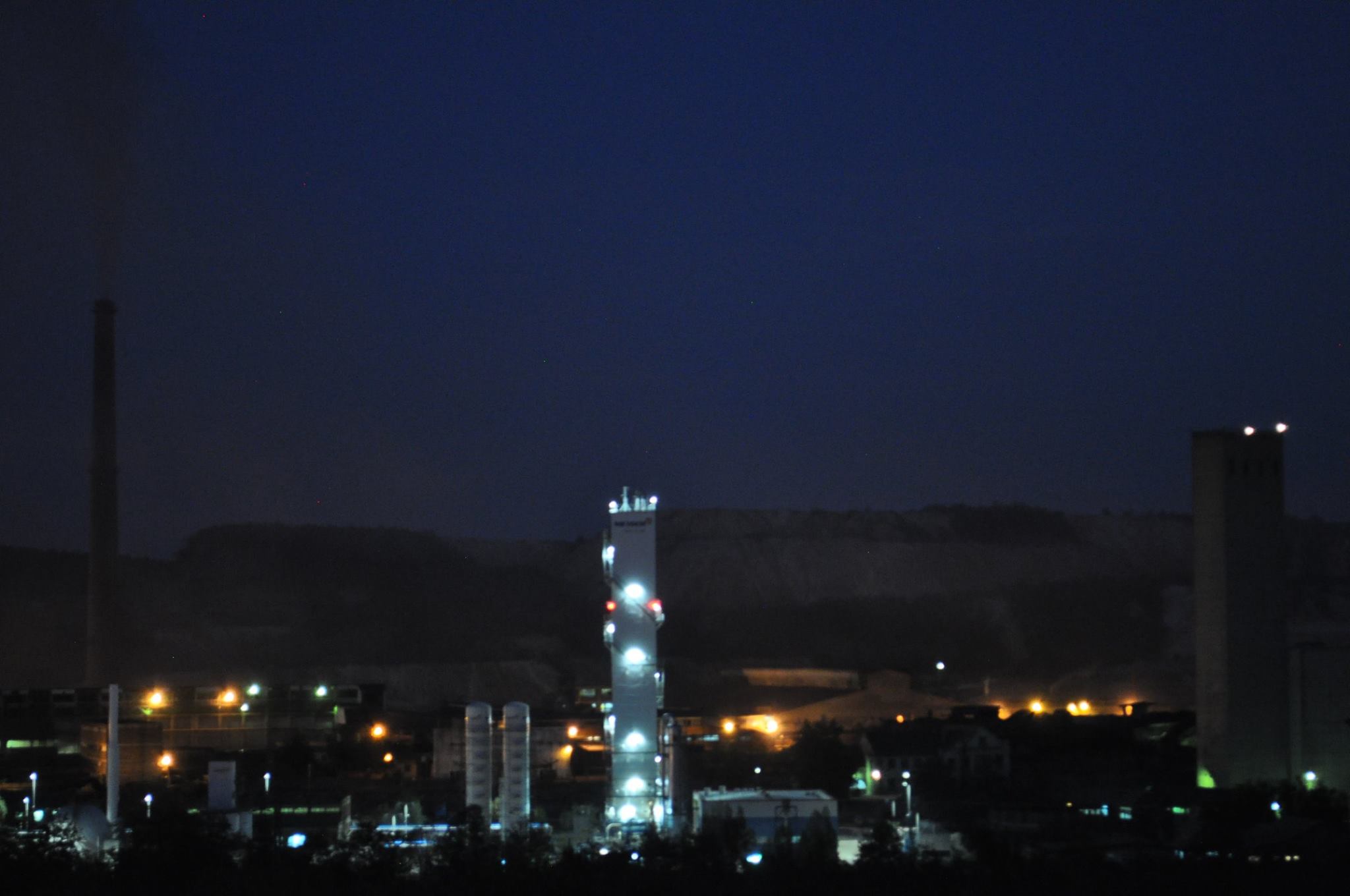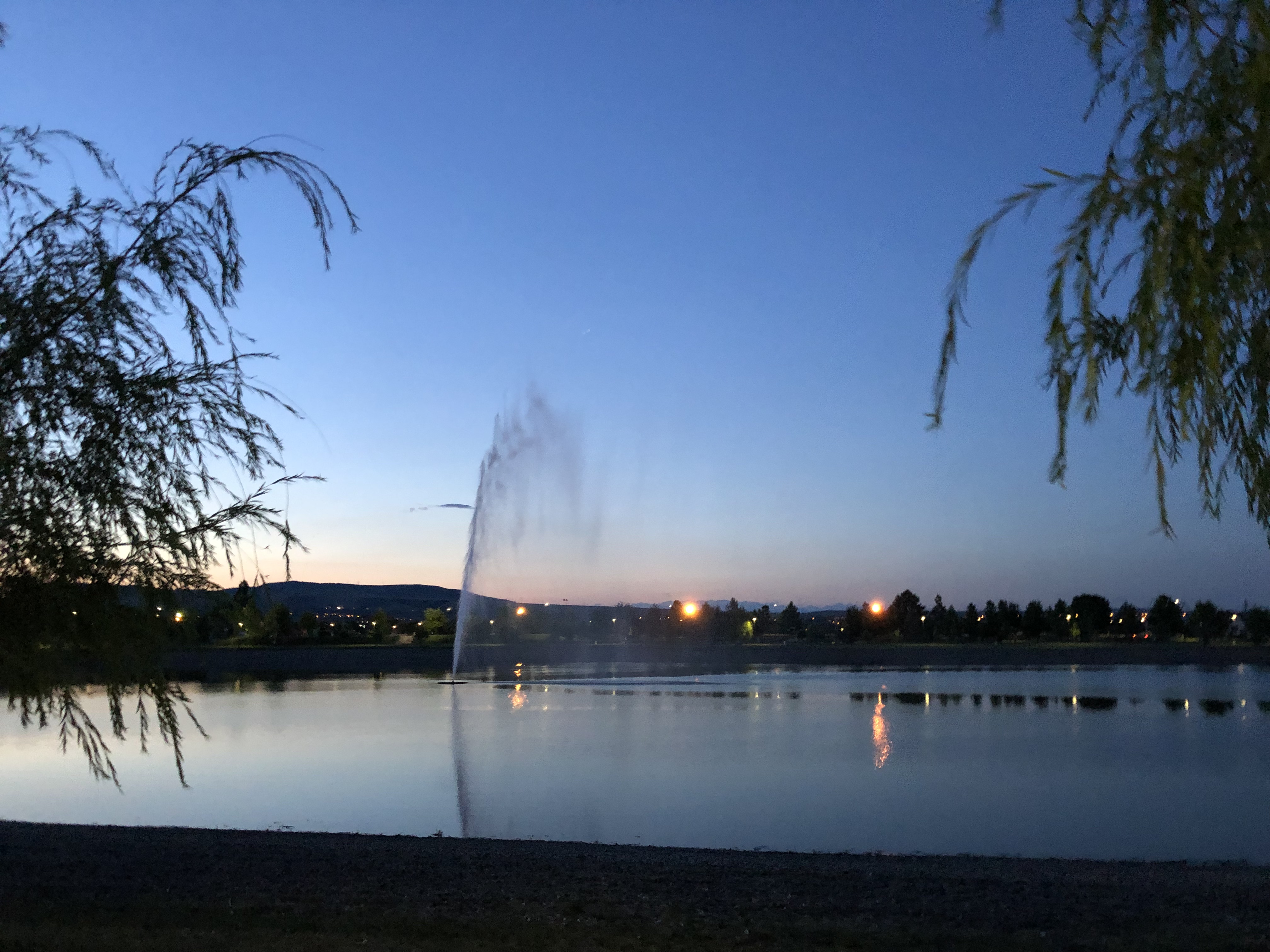|
Timočka Krajina
The Timok Valley ( sr, Тимочка Крајина, Timočka Krajina; bg, Тимошко, Timoshko; ro, Valea Timocului) is a geographical region in east-central Serbia around the Timok River. The Timok Valley corresponds to parts of two Serbian districts ( Bor and Zaječar), with a total 2002 census population of 284,112. Name The Serbian name is derived from the hydronym ''Timok'' and ''krajina'' ("frontier, march"), named such due to its location and history as a borderland. It was introduced in the Interwar period as denoting the Timok confluence with the Negotin Valley and Ključ, which are part of the Timok Valley. The term has no historical or geographical basis. In Romanian, the term "Timoc Valley" () is used for the area inhabited by the Romanian-speaking Vlachs. "Tribalia" is also used in Romanian. The region was sometimes known as Podunavia in Medieval times. Geography The Timok Valley roughly corresponds to the Bor and Zaječar districts of Serbia. It includes ... [...More Info...] [...Related Items...] OR: [Wikipedia] [Google] [Baidu] |
Bor District And Zaječar District (Timočka Krajina)
Bor may refer to: Places Populated places * Bor (Tachov District), a town in Plzeň Region, Czech Republic * Bor, Petnjica, Montenegro * Bor, Russia, the name of many inhabited localities in Russia * Bor District, a district in Serbia ** Bor, Serbia, a town in Bor District * Bor, South Sudan, the capital of Jonglei State, South Sudan * Bor County, in Jonglei State, South Sudan * Bor, Sweden, a village in Jönköping County, Sweden * Bor, Niğde, a district center of Niğde Province, Turkey * Bór (other), various settlements in Poland Other places * Bor (Martian crater) * Bor (PKP station), a former railway station in Hel, Poland * Bor Airport (South Sudan) People *Bor (name), notable people with this surname or given name Fiction and mythology *Borr, sometimes anglicized Bor, a god in Norse mythology, father of the god Odin *Bor (comics), an Asgardian in the Marvel Universe Other * Bill of rights * Bor fruit, more commonly known as Ber * Bor language (disambiguatio ... [...More Info...] [...Related Items...] OR: [Wikipedia] [Google] [Baidu] |
Bor, Serbia
Bor ( sr-cyr, Бор; ro, Bor) is a city and the administrative center of the Bor District in eastern Serbia. According to the 2011 census, the city administrative area has a population of 48,615 inhabitants. It has one of the largest copper mines in Europe – RTB Bor. It has been a mining center since 1904, when a French company began operations there. With 760 residential buildings it presents the most urban area due to number of citizens in country, and one of top-five cities in Serbia by number of buildings. Name The name is derived from the Serbian word ''Bor'' (Бор), meaning "pine". Geography Bor is surrounded by many locations such as Banjsko Polje, Brestovačka Banja spa, Borsko Jezero lake, and Stol mountain, and is close to Mount Crni Vrh. Climate Bor has a humid continental climate (Köppen climate classification: ''Dfb'') with pleasantly warm summers, cold winters and uniformly distributed precipitation throughout the year. Flora and fauna The Lazar's ... [...More Info...] [...Related Items...] OR: [Wikipedia] [Google] [Baidu] |
Pottery
Pottery is the process and the products of forming vessels and other objects with clay and other ceramic materials, which are fired at high temperatures to give them a hard and durable form. Major types include earthenware, stoneware and porcelain. The place where such wares are made by a ''potter'' is also called a ''pottery'' (plural "potteries"). The definition of ''pottery'', used by the ASTM International, is "all fired ceramic wares that contain clay when formed, except technical, structural, and refractory products". In art history and archaeology, especially of ancient and prehistoric periods, "pottery" often means vessels only, and sculpted figurines of the same material are called "terracottas". Pottery is one of the oldest human inventions, originating before the Neolithic period, with ceramic objects like the Gravettian culture Venus of Dolní Věstonice figurine discovered in the Czech Republic dating back to 29,000–25,000 BC, and pottery vessels that were ... [...More Info...] [...Related Items...] OR: [Wikipedia] [Google] [Baidu] |
Bronze Age
The Bronze Age is a historic period, lasting approximately from 3300 BC to 1200 BC, characterized by the use of bronze, the presence of writing in some areas, and other early features of urban civilization. The Bronze Age is the second principal period of the three-age system proposed in 1836 by Christian Jürgensen Thomsen for classifying and studying ancient societies and history. An ancient civilization is deemed to be part of the Bronze Age because it either produced bronze by smelting its own copper and alloying it with tin, arsenic, or other metals, or traded other items for bronze from production areas elsewhere. Bronze is harder and more durable than the other metals available at the time, allowing Bronze Age civilizations to gain a technological advantage. While terrestrial iron is naturally abundant, the higher temperature required for smelting, , in addition to the greater difficulty of working with the metal, placed it out of reach of common use until the end o ... [...More Info...] [...Related Items...] OR: [Wikipedia] [Google] [Baidu] |
Humid Subtropical Climate
A humid subtropical climate is a zone of climate characterized by hot and humid summers, and cool to mild winters. These climates normally lie on the southeast side of all continents (except Antarctica), generally between latitudes 25° and 40° and are located poleward from adjacent tropical climates. It is also known as warm temperate climate in some climate classifications. Under the Köppen climate classification, ''Cfa'' and ''Cwa'' climates are either described as humid subtropical climates or warm temperate climates. This climate features mean temperature in the coldest month between (or ) and and mean temperature in the warmest month or higher. However, while some climatologists have opted to describe this climate type as a "humid subtropical climate", Köppen himself never used this term. The humid subtropical climate classification was officially created under the Trewartha climate classification. In this classification, climates are termed humid subtropical when the ... [...More Info...] [...Related Items...] OR: [Wikipedia] [Google] [Baidu] |
Köppen Climate Classification
The Köppen climate classification is one of the most widely used climate classification systems. It was first published by German-Russian climatologist Wladimir Köppen (1846–1940) in 1884, with several later modifications by Köppen, notably in 1918 and 1936. Later, the climatologist Rudolf Geiger (1894–1981) introduced some changes to the classification system, which is thus sometimes called the Köppen–Geiger climate classification system. The Köppen climate classification divides climates into five main climate groups, with each group being divided based on seasonal precipitation and temperature patterns. The five main groups are ''A'' (tropical), ''B'' (arid), ''C'' (temperate), ''D'' (continental), and ''E'' (polar). Each group and subgroup is represented by a letter. All climates are assigned a main group (the first letter). All climates except for those in the ''E'' group are assigned a seasonal precipitation subgroup (the second letter). For example, ''Af'' indi ... [...More Info...] [...Related Items...] OR: [Wikipedia] [Google] [Baidu] |
Humid Continental Climate
A humid continental climate is a climatic region defined by Russo-German climatologist Wladimir Köppen in 1900, typified by four distinct seasons and large seasonal temperature differences, with warm to hot (and often humid) summers and freezing cold (sometimes severely cold in the northern areas) winters. Precipitation is usually distributed throughout the year but often do have dry seasons. The definition of this climate regarding temperature is as follows: the mean temperature of the coldest month must be below or depending on the isotherm, and there must be at least four months whose mean temperatures are at or above . In addition, the location in question must not be semi-arid or arid. The cooler ''Dfb'', ''Dwb'', and ''Dsb'' subtypes are also known as hemiboreal climates. Humid continental climates are generally found between latitudes 30° N and 60° N, within the central and northeastern portions of North America, Europe, and Asia. They are rare and isolat ... [...More Info...] [...Related Items...] OR: [Wikipedia] [Google] [Baidu] |
Oskoruša
Oskoruša is a hill close to the city of Smederevska Palanka, Serbia. The top of the hill is above sea level. Description From the top of the hill it is possible to see the city of Vršac to the north; the mountain range Kopaonik to the south at a distance of ; the area close to the river Drina to the west; and the area near the city of Bor to the east at a distance of . Also visible are the mountain Rtanj, the mountain Devica near the city of Niš, the mountains Jastrebac, Avala, Kosmaj, Bukulja, Venčac, and Rudnik; and the cities of Požarevac, Kovin, Svilajnac, Velika Plana, Despotovac, Žabari, and Arandjelovac. History Less than one mile away is the archaeological site at Medvednjak. Research has been conducted at Medvednjak by University of California, Los Angeles The University of California, Los Angeles (UCLA) is a public land-grant research university in Los Angeles, California. UCLA's academic roots were established in 1881 as a teachers college then known as ... [...More Info...] [...Related Items...] OR: [Wikipedia] [Google] [Baidu] |
Majdanpek
Majdanpek ( sr-cyr, Мајданпек; ro, Maidan) is a town and municipality located in the Bor District of the Southern and Eastern Serbia, eastern Serbia, and is not far from the border of Romania. According to 2011 census, the municipality of Majdanpek had a population of 18,686 people, while the town of Majdanpek had a population of 7,699. Name The name "Majdanpek" is derived from the words ''majdan'' meaning "quarry" (from Arabic ''maydān'') and ''wiktionary:pek, pek'' meaning "much, big, very" in Turkish. In Romanian language, Romanian, the town is known as . History There is an archaeological site in Majdanpek, from the time of the Vinča culture, which provides one of the earliest known examples of copper metallurgy, dated to 5th millennium BC. Chalcolithic excavations exist in Kapetanova Pecina, Praurija, Kameni Rog and Roman site of Kamenjar. The town is famous as a copper mine district, since the early 17th century. The origin of the name is based on words ''majd ... [...More Info...] [...Related Items...] OR: [Wikipedia] [Google] [Baidu] |
Boljevac
Boljevac ( sr-cyr, Бољевац, ; ro, Bulioț) is a town and municipality located in the Zaječar District of eastern Serbia. According to 2011 census, the population of the town is 3,332, while population of the municipality is 12,865. History From 1929 to 1941, Boljevac was part of the Morava Banovina of the Kingdom of Yugoslavia. In 2010, the Commission on Concealed Mass Graves in Serbia discovered a mass grave of people killed by Yugoslav Partisans during World War II in the settlement of Zmijanac. Partisan troops took over the municipality in October 1944. They subsequently executed over 40 locals, including a priest of the Serbian Orthodox Church. Večernje novosti
|
Kladovo
Kladovo ( sr-Cyrl, Кладово, ; ro, Cladova or ) is a town and municipality located in the Bor District of Southern and Eastern Serbia, eastern Serbia. It is situated on the right bank of the Danube river. The population of the town is 8,913, while the population of the municipality is 20,635 (2011 census). Name In Serbian language, Serbian, the town is known as ''Kladovo'' (Кладово), in Romanian language, Romanian ''Cladova'', in German language, German as ''Kladowo'' or ''Kladovo'' and in Latin language, Latin and Romanised Greek language, Greek as ''Zanes''. In the time of the Roman Empire, the name of the town was ''Zanes'' while the fortifications was known as ''Diana'' and ''Pontes'' (from Greek "sea" -''pontos'', or Roman "bridge" - ''pontem''). Emperor Trajan had a number of fortications constructed in the area during the Roman times, such as the well-known Trajan's Bridge (Pontes was built on the Serbian side, Theodora was built on the Romanian side). Later, ... [...More Info...] [...Related Items...] OR: [Wikipedia] [Google] [Baidu] |
.jpg)




